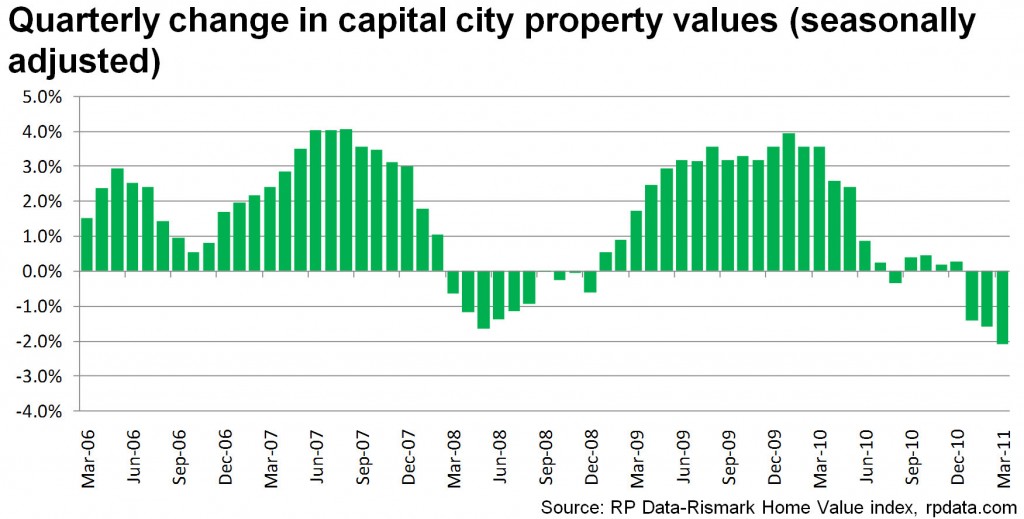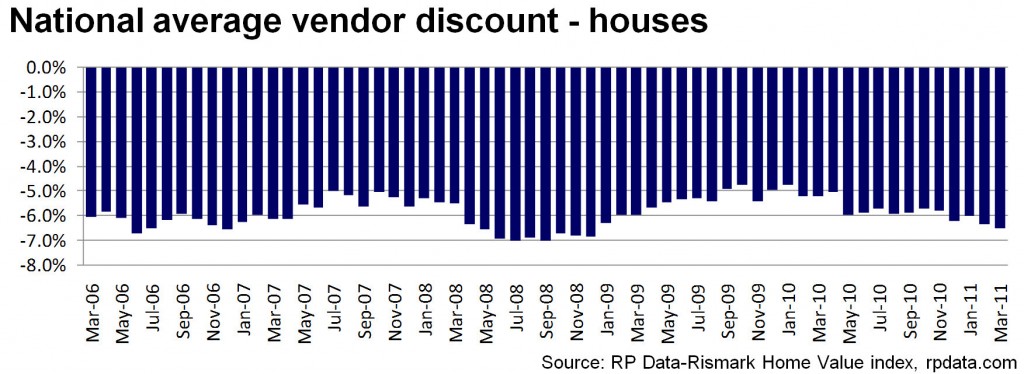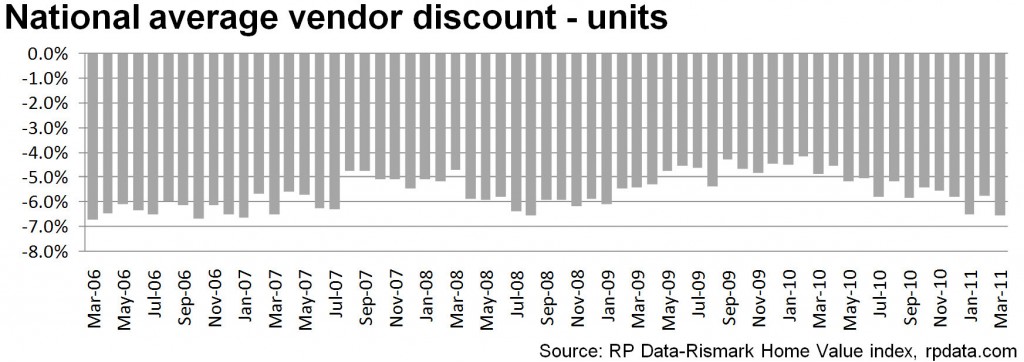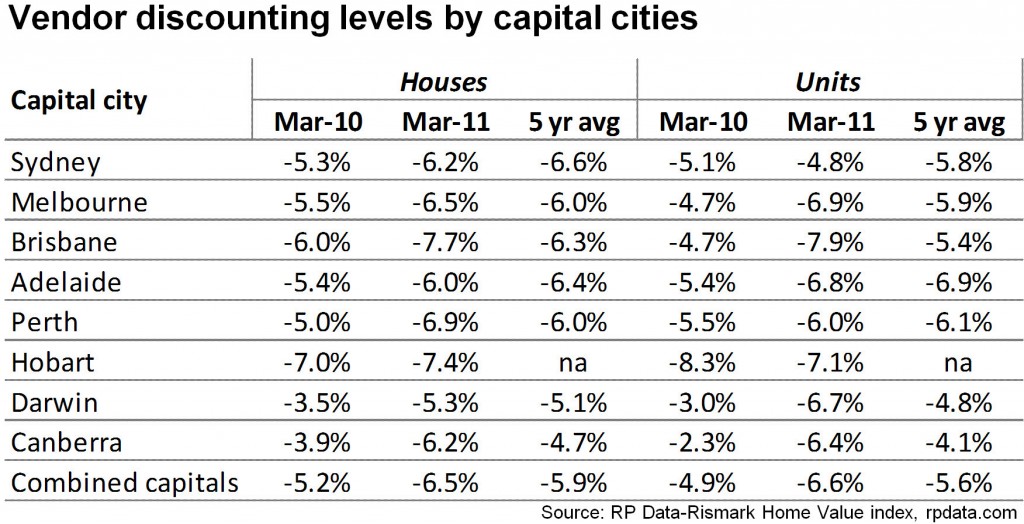As you may have noticed from H&H’s bullhawk post, RPData has released some new charts on how the housing market is travelling and specifically the latest data on capital growth. As I expected nothing much has changed since I last saw their data, when I said.
I can only repeat myself. There is no driver for increased rates of credit issuance in housing ……
Demographics and the economics of the boomers is against the housing market for many years ahead. As I have been saying for months and months, and repeated again last month the “soft landing” rhetoric is wishful thinking by vested interests and not based on any economic fundamentals. I see no reason why this slide in values will not continue for some time yet, and my predictions have been correct so far. However, for the sake of the newly indebted in Brisbane and Perth I hope the rate of decline slows somewhat because that is 18.4% and 13.6% annualised respectively.
Unfortunately the latest data suggests that in fact those losses are accelerating.
You can see from the chart above that according to RPData the Q1 2011 losses are actually worse than any quarter during the GFC, and that leads me to repeat the warning from my last post.
It is 2008 all over again and the only reason there was a bounce in the market then was the due to the super-stimulatory environment created by the government. I see no reason why a government preparing an austerity Budget or an RBA trying to manage a resources boom and bubbling inflation are about to repeat that action, so hang on to your hats.
What must also be noted is that since 2008 a very large number of higher LVR buyers have been pulled into the market by that super-stimulatory environment and these people simply are not able to take asset value shocks in the same way that older cohorts could in 2008 with the current fiscal and monetary settings. Mix this issue with boomer demographics and I believe the market is far more fragile that many other commentators are willing to admit.
Since I made those statements we have had the federal budget that has cemented my thoughts that there is no new round of overt stimulus coming to save the market this time round. Mixed this with my feelings on market fragility and I see no reason, outside of some new RBA action, to suggest that that graph will not continue to show the same accelerating trend for the coming quarters of 2011.
The latest RPData newsletter seems to contain statements that support my position.
The amount by which vendors have to discount their property in order to sell is climbing sharply as property value growth stalls and the volume of stock available for sale remains at inflated levels.
As you would expect there is a clear correlation between the growth in property values and level of vendor discounting. Over the past five years when values have increased the level of vendor discounting has decreased and vice versa. This result is to be expected given that when the market is growing there is increased competition for stock and vendors are likely to achieve prices closer to their asking price. Conversely, when there is limited growth, fewer buyers are active and vendors have to become more flexible in their price expectations in order to make a sale.
So too has there been a correlation between sales volumes and vendor discounting. When more buyers are active and looking to purchase vendors have a higher likelihood of achieving their asking price, subsequently discounting levels generally fall during periods of high sales activity. When sales volumes fall, there is less competition for stock and vendors have to drop their price in order to achieve a sale.
In terms of advice RPData has this to offer.
The message for potential vendors is clear, if transaction volumes are falling and value growth is limited or falling (as they are currently), buyers are not going to pay top dollar for your property. Given this, vendors need to ask themselves whether or not they truly need to sell. If they do they need to adjust their price expectation accordingly, realising that a potential buyer is unlikely to pay above market value for their property.
For potential buyers, the news is somewhat more positive. In most instances they hold most of the bargaining chips. They are likely to be prepared to negotiate and are unlikely to pay the initially listed asking price.
Given the current market trends of stock growth and accelerating losses I wonder why RPData doesn’t also offer another piece of advice to the potential buyer… Wait !



